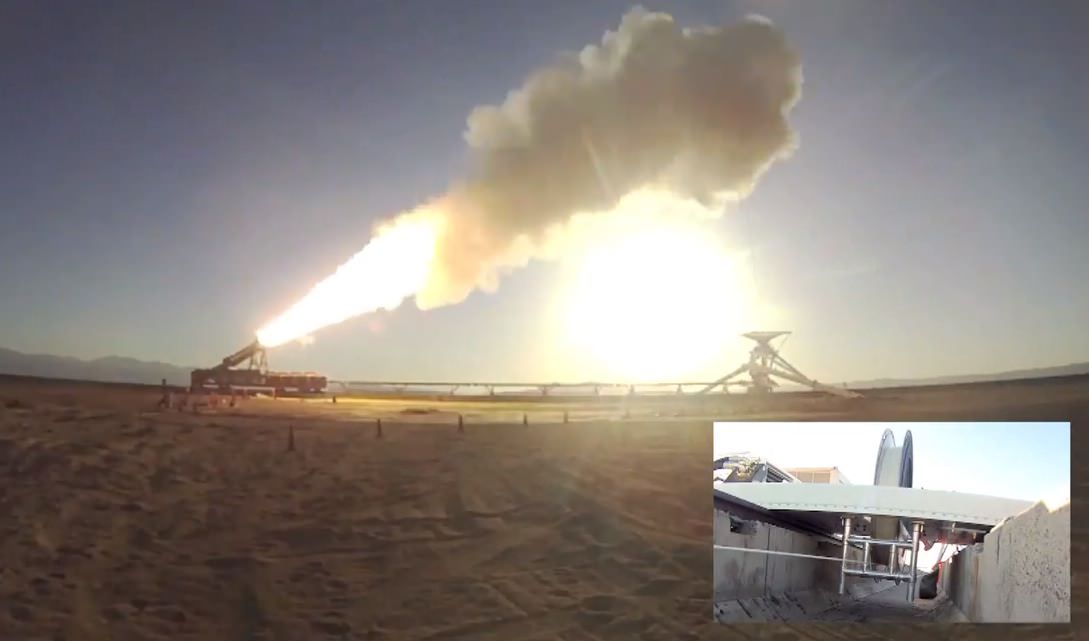“You wanna go to Mars, you wanna go big? Then you gotta test big here,” says mechanical engineer Michael Meacham, and testing big is exactly what he and other engineers at NASA’s Jet Propulsion Laboratory have done to develop a new supersonic parachute for future Mars landings.
The process of putting things onto Mars has traditionally used the same couple of tried-and-true methods: inflatable, shock-absorbing bouncers and large parachutes combined with retro-rockets (most recently seen in the famous “Seven Minutes of Terror” Curiosity landing in August 2012.) But both methods are limited in how large and massive of an object can safely be placed on the Martian surface. For even larger-scale future missions, new technology will have to be developed to make successful landings possible.
Enter the LDSD, or Low-Density Supersonic Decelerator, an enormous parachute — similar to the one used by Curiosity except bigger — that can slow the descent of even more massive payloads through the thin Martian atmosphere.
Of course, part of the development process is testing. And in order to run such a large chute through the same sorts of rigors it would experience during an actual Mars landing, JPL engineers had to step outside of the wind tunnel and devise another method.
The one they came up with involves a rocket sled, a Night Hawk helicopter, a 100-lb steel bullet, a kilometer-long cable (and lots and lots of math.) It’s an experiment worthy of “Mythbusters”… watch the video above to see how it turned out.
“When we land spacecraft on Mars, we’re going extremely fast… we have got to slow down. So we use a parachute. And we use a really BIG parachute.”
– Michael Meacham, Mechanical Engineer at JPL
Read more about the LDSD program here.
Source/credit: NASA/JPL

